Cold War in Berlin: A Tale of the City Divided Overnight
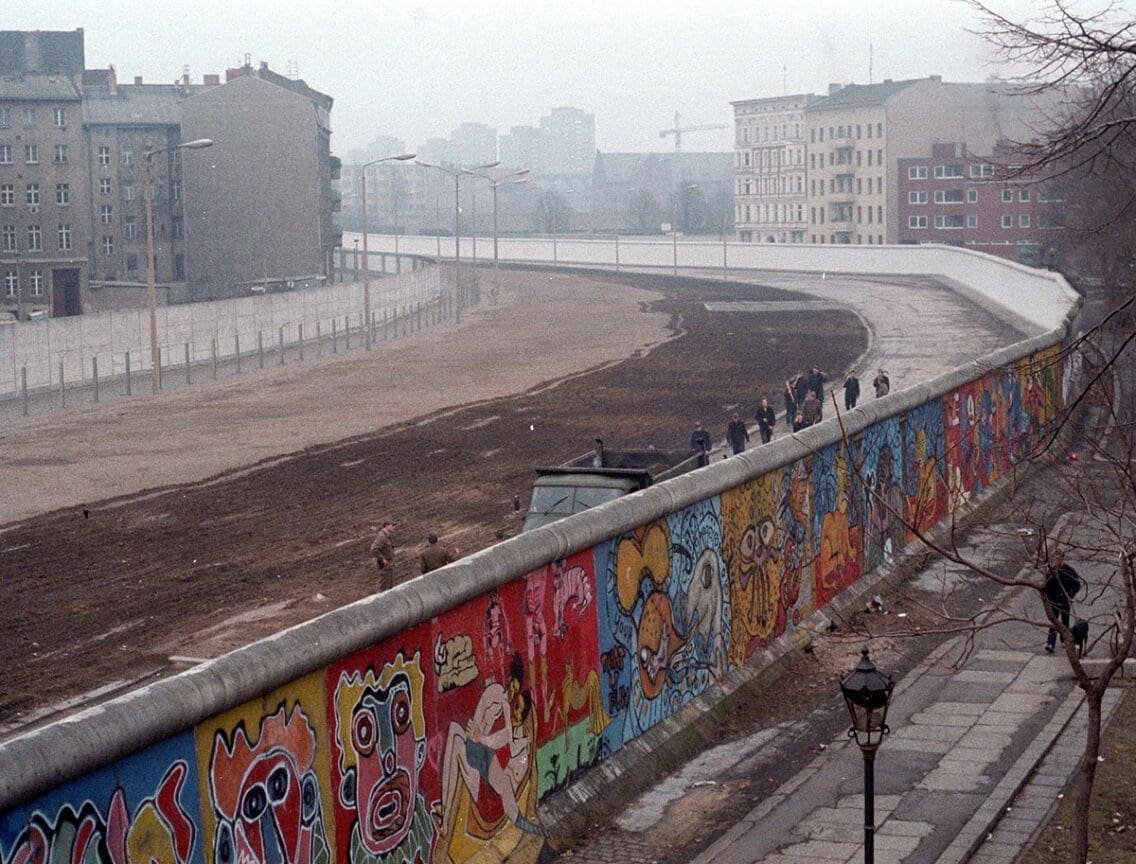
Content Warning: This article contains descriptions and images related to violence, death, and attempted escapes, including accounts of murder. Reader discretion is advised.
Imagine waking up and discovering that you couldn’t go to work, visit your best friend, or hug your grandmother because a wall had appeared in the middle of your city overnight. This was the reality for Berliners on August 13, 1961.
Berlin, the heart of post-war Germany, became a battleground for ideologies. On one side, the capitalist West was backed by the United States, Britain, and France. On the other, the communist East was firmly under Soviet control.
However, the construction of this wall wasn’t merely for politics. It had real repercussions on the lives of ordinary Germans.
In this article, walk with me as we go back in time and revisit Berlin’s transformation — from hopeful recovery after World War II, to decades of isolation behind the Wall, and finally to a city reborn in unity.
Post-Cold War Berlin (1945–1961)
After World War II ended in 1945, Germany was carved into four zones, each controlled by an Allied power: the U.S., Britain, France, and the Soviet Union. Berlin, though deep in Soviet territory, was split the same way.
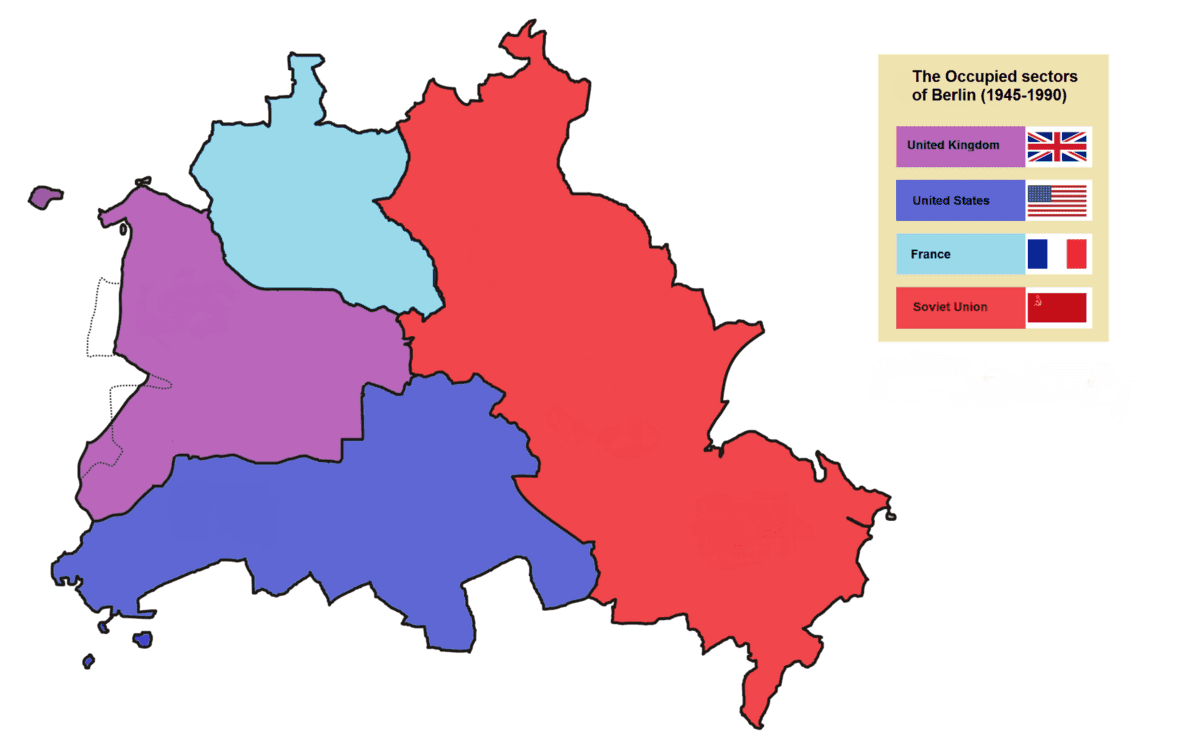
Tensions between the Soviet-controlled East Berlin and the Western sectors escalated quickly. As West Berlin embraced capitalism, consumer goods, and cultural freedom, East Berlin became tightly controlled under communist rule.
The lifestyle gap widened.
Residents of East Berlin noticed the difference — and many decided to leave.
Between 1949 and 1961, an estimated 3.5 million East Germans fled to the West through Berlin. Doctors, engineers, teachers — the young and educated were leaving in droves. This “brain drain” threatened East Germany’s survival, and something had to give.
That something, unfortunately, was a wall.
By the summer of 1961, Cold War tensions were near boiling point. The Soviets and East German leaders decided to seal the gap, and on one August night, Berliners would go to sleep in one city and wake up in two.
Life in Berlin During the Wall
The Wall Goes Up
On August 13, 1961, authorities unrolled barbed wire fences through the streets and blocked roads. Soldiers took their positions to stand guard. Within days, workers replaced the wire with concrete, turning the Berlin Wall into a harsh reality.
The wall split entire neighborhoods, left families waking to find loved ones suddenly out of reach, and even cut cemeteries in half.

The Wall wasn’t just a physical divide; it was psychological as well. Berliners on both sides suddenly began living parallel lives under drastically different conditions.
Daily Life: East vs. West
In West Berlin, life continued with freedom, color, and consumerism. Employees were granted higher salaries. Levi’s jeans, Coca-Cola, and rock music filled stores and streets. Still, it wasn’t paradise. The city was now an island, surrounded by East German territory.
East Berliners faced a very different reality. Although education and healthcare were free, the state tightly controlled daily life. Authorities restricted movement, censored letters, and filled the streets with secret police (Stasi).
People had jobs and social housing, but life lacked personal freedom. Heidi Brauer, an East Berliner who lived through it all, remembered how bleakness and totalitarian control shaped every part of their life.
“I felt like a bird in a cage. I couldn’t leave the cage, but one day the window was open and I could listen to the birds outside the cage.” – Heidi Brauer
Stories of Separation
Thousands of families were split with no warning.
A woman named Sigrid Paul gave birth to her son Torsten Rührdanz just as the Berlin Wall went up, separating them. Torsten spent his first five years in the West, separated from his mother, and didn’t recognize her when they finally reunited.
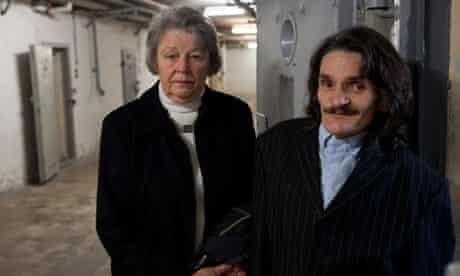
Some wrote letters that never reached their loved ones because the Stasi intercepted them.
Others waited decades for a visit that never came.
Despite the propaganda and repression from the communist government, people tried to escape, and some succeeded.
Daring Escapes & Tragic Losses
In its early days, when the Wall was just a bunch of barbed wire, people defected by jumping over it or leaping out of the windows of apartments built along the wall’s perimeter.
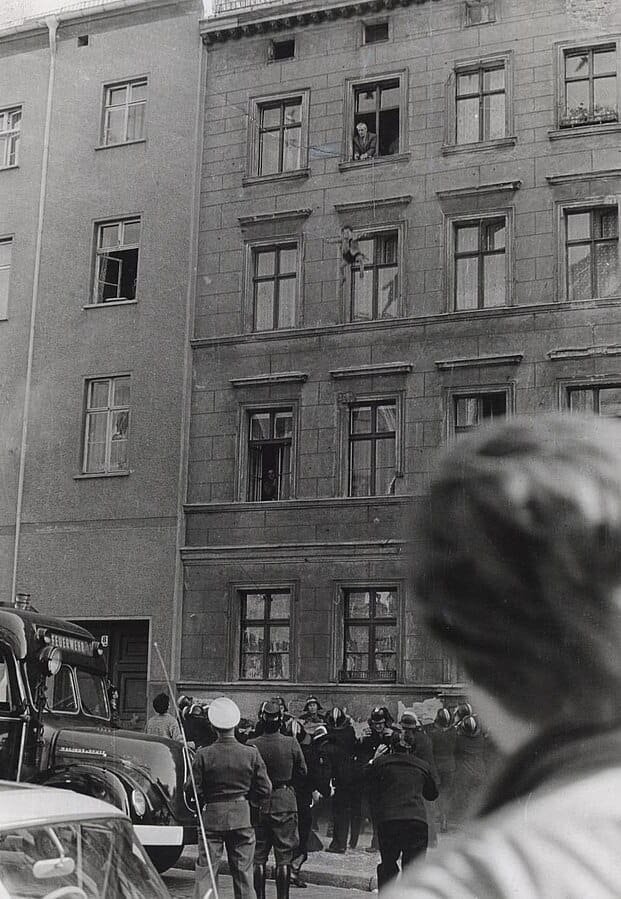
When the Wall was fortified, so was the ingenuity and desperation of East Berliners wanting to escape their side of the city, aka communist-themed prison.
They dug tunnels, floated over hot air balloons, and even shot zip lines from rooftops. A man named Wolfgang Engels once stole a Soviet armored personnel carrier from his deployment base and crashed it directly into the Wall.
East German border guards shot him twice, leaving him severely injured, but West Berliners pulled him to safety.
In the 28 years that the wall was up, over 5,000 citizens managed to escape to the other side. Most of them were athletes and diplomats who defected while conducting official business outside the city.
Risks were, of course, enormous. At least 140 people were killed trying to cross.
One such life was that of Peter Fetcher, an 18-year-old boy who was shot and bled to death after attempting to climb the wall, in full view of the Western media. His death sparked outrage around the world and became a turning point in Berlin’s history of sorrow and resistance.
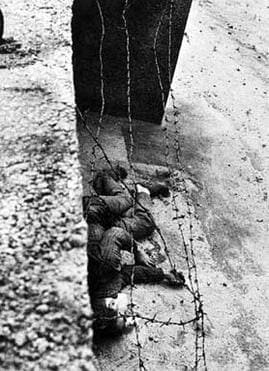
Albeit dangerous, these bold attempts stand as powerful proof that no force can ever truly contain people’s hope and desire for freedom.
Fall of the Wall and Life After (1989–1990s)
Change didn’t happen overnight, but it came fast when it did. In the late 1980s, Soviet leader Mikhail Gorbachev introduced reforms like glasnost (openness) and perestroika (restructuring). East Germans, inspired by liberal ideals across Eastern Europe, began protesting for more rights.
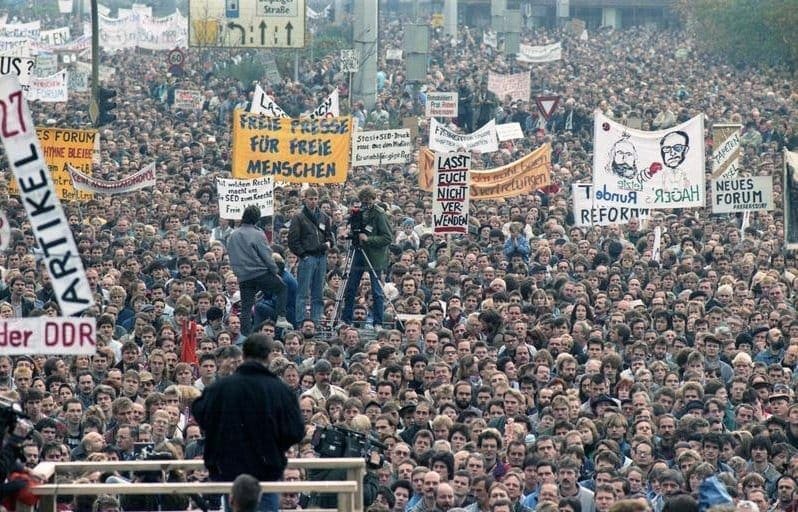
Then, on November 9, 1989, confusion at a press conference led to a surprising twist in history. A government official mistakenly said East Germans could cross the border freely — and thousands showed up at the Wall. The guards, overwhelmed and uncertain, opened the gates.
Berliners from both sides poured through the checkpoints. They brought hammers, champagne, and tears. People climbed the Wall, danced on it, and chipped pieces off to keep as souvenirs. After decades of division, the city was whole again.
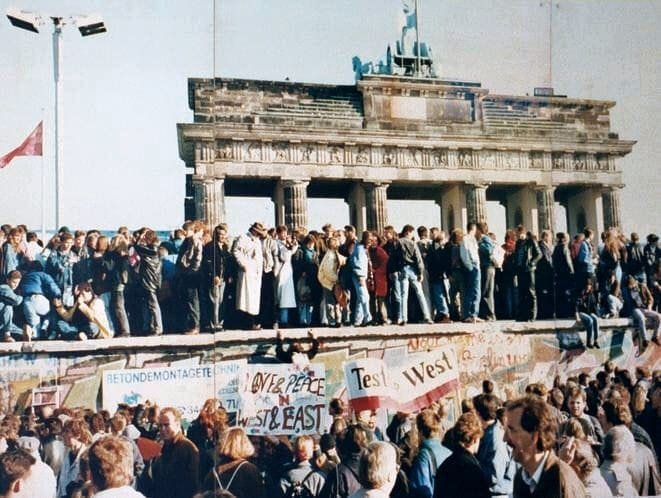
Berlin Today: A Living Memory
Berlin has transformed into one of Europe’s most dynamic cities, far from its desolate image during the Cold War, but it hasn’t forgotten its past.
The Berlin Wall Memorial stands where many tried to escape. The East Side Gallery — a long stretch of remaining Wall — is now a canvas for artists around the world.

Berlin’s divided past continues to shape its identity. The city values freedom, expression, and remembrance. From street art to punk rock, you can still feel the echoes of resistance and reunion.
Today, Berlin stands as a symbol of what once divided the world, and how we chose to tear it down.
It’s a place that doesn’t hide its scars.
Instead, it wears them with honesty, inviting us to learn, reflect, and move forward.
SOURCES:
https://www.stiftung-berliner-mauer.de/en/topics/berlin-wall#:~:text=The%20155%2Dkilometer%2Dlong%20Berlin,the%20West%20from%20East%20Berlin.
https://www.theguardian.com/lifeandstyle/2009/nov/07/berlin-wall-sigrid-paul


